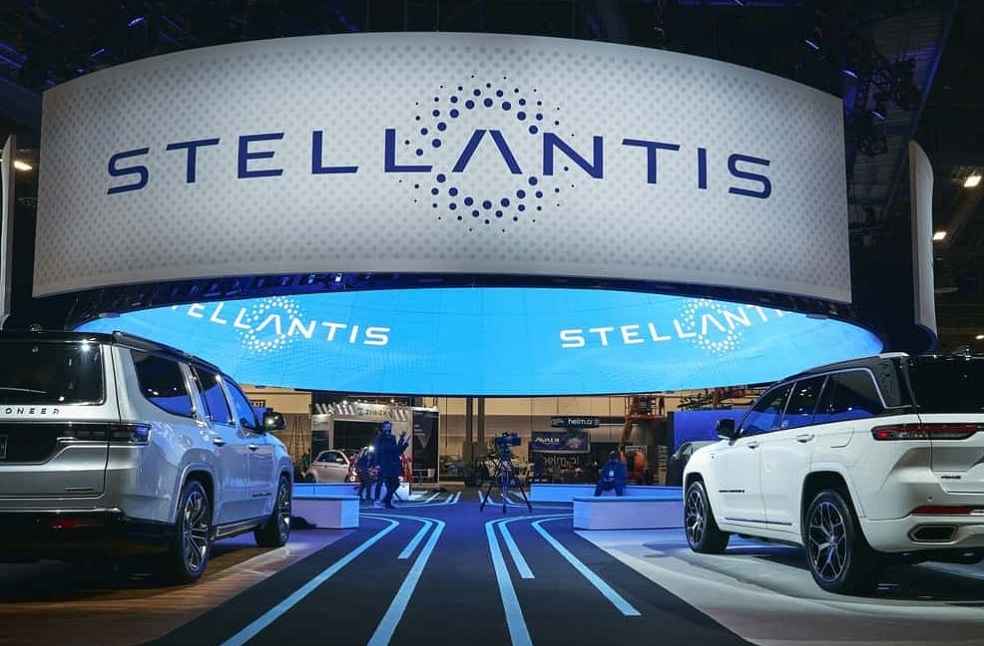Stellantis is overhauling its supply chain strategy across Asia Pacific, transitioning from an import-dependent, cost-focused model to one driven by local manufacturing, data-based logistics, and collaborative supplier partnerships.
The shift, led by regional COO Ashwani Muppasani, marks a decisive move to position supply chain management as a core enabler of growth and competitiveness rather than a cost center.
Speaking at the Automotive Logistics & Supply Chain ASEAN conference, Muppasani outlined how Stellantis is consolidating operations, expanding local production, and establishing new logistics frameworks to transform India and Southeast Asia into strategic hubs within its global network.
The region currently spans 23 markets with four manufacturing plants, five national sales companies, and 18 distributors.

Muppasani said the focus is not on volume but efficiency and profitability, highlighting that India is becoming the world’s third-largest automotive market, while ASEAN vehicle output is projected to rise to 4.6 million units by 2030.
Stellantis aims to reverse its current model, where 80% of vehicles are imported, by producing most of its regional demand locally.
In India, localization levels for Citroën models already exceed 90%. Beyond manufacturing, the company targets order-to-delivery times of under 40 days, supported by predictive analytics, AI-based demand forecasting, and improved coordination between production and sales.
Stellantis has also restructured its logistics system, replacing fragmented flows with four main consolidation hubs in Pune, Chennai, Thailand, and South Korea. These centers coordinate materials from suppliers, achieving up to 90% container utilization and reducing costs and emissions.

By 2030, the network is expected to handle over 9,000 containers annually, feeding plants in the United States, Mexico, Europe, and South America.
The company has unified all vehicle processing centers under a single IT platform, enabling real-time visibility, standardized procedures, and lower handling costs. It is also testing hub-and-spoke distribution models to align inventory with local market demand.
Artificial intelligence is being deployed to forecast production, monitor parts obsolescence, and optimize aftermarket logistics.
Stellantis’ regional packaging center of excellence, based in India and Thailand, is pioneering returnable, reusable packaging to cut waste and cost, contributing to the company’s global sustainability goals.
Muppasani also emphasized collaboration, urging suppliers and logistics providers to innovate rather than merely execute contracts. Stellantis recently appointed DHL Supply Chain to manage an 18,000-square-meter regional warehouse in Malaysia, a free-trade-zone facility serving 20 countries.

ASEAN and India now stand as central pillars in Stellantis’ long-term strategy. Thailand’s mature supplier ecosystem and India’s growing role as both a manufacturing and software hub are driving the region’s integration into global operations.
The automaker has already begun exporting its electric ë-C3 from India to Indonesia, underscoring its “Built in ASEAN for ASEAN” approach.
Muppasani concluded by urging logistics professionals to think financially and strategically. Every inefficiency, he noted, impacts profitability. “Everyone focuses on selling more cars,” he said, “but every euro lost in the supply chain is a euro out of profit.”
AUTO TECH | China Eases Automotive Chip Export Curbs to Stabilize Supply Chains





